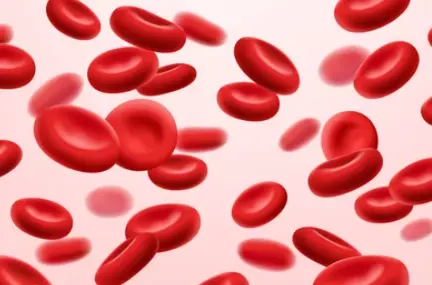 Welcome
Welcome
“May all be happy, may all be healed, may all be at peace and may no one ever suffer."
Dermatitis herpetiformis - Generics
Dermatitis herpetiformis (DH) is a chronic autoimmune skin condition characterized by intensely itchy, blistering skin rash. DH is associated with gluten intolerance, and is considered to be a manifestation of celiac disease, a digestive disorder in which individuals are unable to tolerate gluten, a protein found in wheat, barley, and rye.
The rash associated with DH typically appears on the elbows, knees, buttocks, and back, and is characterized by small, raised, fluid-filled blisters that are grouped together in clusters. The rash can be very itchy, and scratching can lead to the development of small sores and scabs. In addition to the skin rash, individuals with DH may also experience gastrointestinal symptoms, such as abdominal pain, bloating, and diarrhea.
The diagnosis of DH is typically confirmed through a skin biopsy, which involves removing a small sample of skin tissue for examination under a microscope. Treatment for DH involves following a strict gluten-free diet, which can help to alleviate symptoms and prevent complications associated with celiac disease. In addition, medications such as dapsone, a medication used to treat leprosy, can be prescribed to relieve itching and reduce inflammation in the skin.
While DH can be a lifelong condition, with proper treatment and management, most individuals with the condition are able to lead normal, healthy lives.

Pernicious anemia

Surface anesthesia

Candida albicans

Testicular cancer

Spastic or irritable colo...

Nausea

Paralytic ileus

Skin healthiness
Dermatitis herpetiformis, চর্মরোগের হার্পিটাইফর্মিস
To be happy, beautiful, healthy, wealthy, hale and long-lived stay with DM3S.